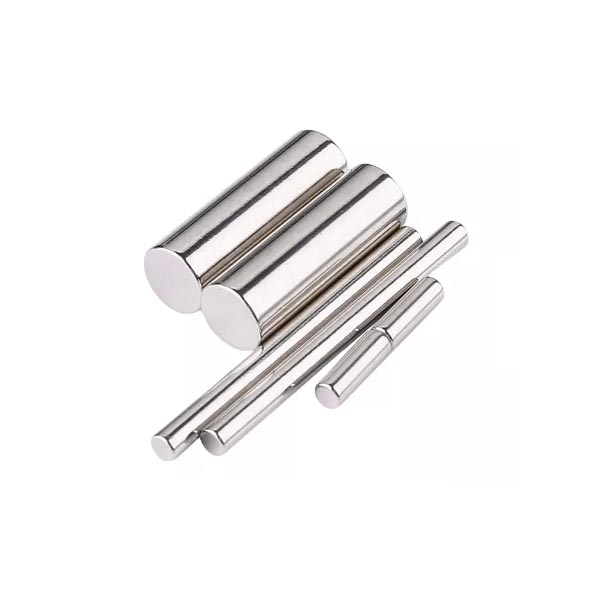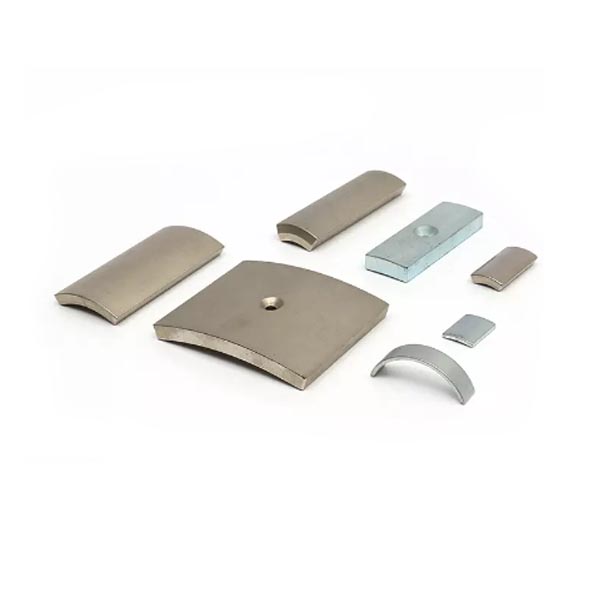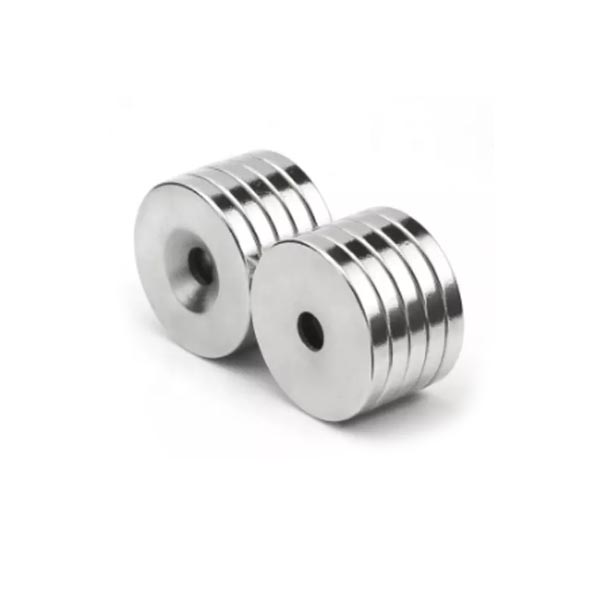A Reed switch is a simple yet versatile electromechanical device used in various applications, from electronics to industrial settings. It consists of two ferrous materials enclosed in a glass envelope, forming a hermetically sealed tube. The switch is named after its inventor, W. B. Ellwood Reed. This article explores the functionality of Reed switches and delves into the types of magnets that operate them.
How Reed Switches Work:
Reed switches operate based on the principles of magnetism. The switch comprises two thin, flexible ferrous materials, typically nickel and iron, that are positioned within the glass envelope. These materials act as electrical contacts, and the switch remains open when there is no external magnetic field applied.
When an external magnetic field approaches the Reed switch, it induces a magnetic flux within the ferrous materials, causing them to attract and make contact. This magnetic interaction effectively closes the switch and completes the electrical circuit. Once the external magnetic field is removed, the switch returns to its open state.
Applications of Reed Switches:
Reed switches find applications in a wide range of fields, such as automotive, security systems, medical devices, and consumer electronics. Their simplicity, reliability, and low power consumption make them ideal for use in sensors, proximity detectors, and various switching applications.
Types of Magnets Compatible with Reed Switches:
Reed switches are highly sensitive to magnetic fields, and different types of magnets can be used to operate them. The two primary categories of magnets that work effectively with Reed switches are permanent magnets and electromagnets.
1.Permanent Magnets:
Neodymium Magnets: Neodymium magnets, also known as rare-earth magnets, are strong and commonly used with Reed switches due to their high magnetic strength.
Alnico Magnets: Aluminum, nickel, and cobalt alloy magnets are also suitable for Reed switches. They provide a stable and durable magnetic field.
2.Electromagnets:
Solenoids: Electromagnetic coils, such as solenoids, generate magnetic fields when an electric current passes through them. Reed switches can be integrated into circuits with solenoids to control the magnetic field and switch state.
Considerations for Magnet Selection:
When choosing a magnet to operate a Reed switch, factors such as magnetic strength, size, and distance between the magnet and the switch must be considered. The goal is to ensure that the magnetic field is strong enough to reliably close the switch when needed.
Reed switches play a crucial role in modern electronics and automation, offering a simple yet effective means of controlling electrical circuits. Understanding the compatibility between Reed switches and magnets is essential for designing reliable systems and applications across various industries. By selecting the right type of magnet, engineers and designers can harness the potential of Reed switches to create innovative and efficient devices.
When you order magnets, we usually use special packaging because the magnetic field will affect the flight of the aircraft. What materials can be used to shield the magnets?
Your Custom Neodymium Magnets Project
We can offer the OEM/ODM services of our products. The product can be customized according to your personalized requirements, including the size, Shape, performance, and coating. please offer your design documents or tell us your ideas and our R&D team will do the rest.
Post time: Feb-01-2024







